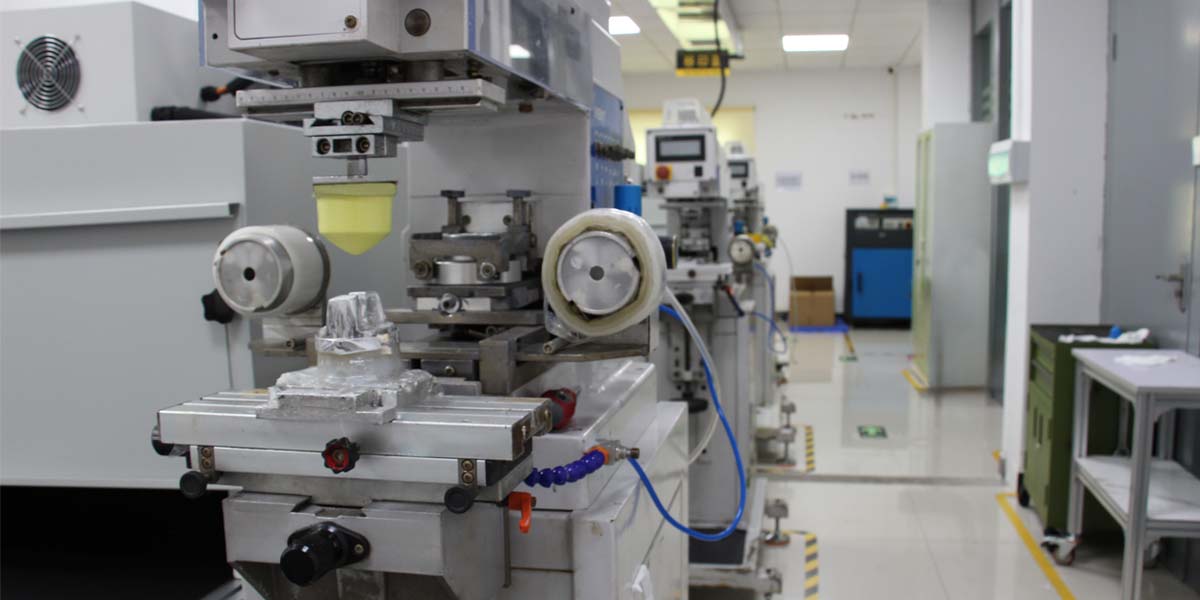Comprehensive Guide to Pad Printer Adjustment Formulas and Mnemonics
In the printing industry, pad printers are widely used for printing on irregular surfaces. To ensure high-quality prints, precise adjustment of the pad printer is crucial. This article provides a detailed explanation of the adjustment methods for pad printers, using numerical formulas and mnemonics, and offers standard references for effective tuning.

General Adjustment Guidelines
When adjusting a pad printer, key parameters include pressure, speed, ink quantity, and temperature. Each parameter's adjustment directly affects the print quality, so understanding how to accurately set these parameters is essential. Below are the adjustment mnemonics and formulas, presented from a general to a detailed approach, along with correct reference standards.
1. Pressure Adjustment
Mnemonic: “Light pressure prints unclear, heavy pressure makes it blurry.”
Formula:
- Suitable Pressure = Distance from Pad to Print Surface × Surface Material Coefficient
Reference Standards:
- Pad Pressure: Generally recommended between 0.5 to 1.5 kilograms, adjusted based on the hardness and surface characteristics of the print material.
- Plate Pressure: Typically set between 1.0 to 2.0 kilograms to ensure stable printing results.
Explanation:
- If the pressure is too light, the pad may not transfer enough ink to the print surface, resulting in unclear prints.
- Excessive pressure may cause ink overflow or damage the pad, leading to blurry patterns.
2. Speed Adjustment
Mnemonic: “Fast speed makes clear patterns, slow speed ensures uniform prints.”
Formula:
- Suitable Speed = Ink Drying Time ÷ Pad Movement Time
Reference Standards:
- Pad Movement Speed: Generally set at 10 to 20 times per minute, adjusted based on the ink's drying speed.
- Printing Speed: Usually between 20 to 40 items per minute to balance production efficiency and print quality.
Explanation:
- If the speed is too fast, the ink may not transfer completely, causing unclear patterns.
- Slower speeds help ensure even ink transfer but may reduce production efficiency, so a proper balance needs to be found.
3. Ink Quantity Adjustment
Mnemonic: “More ink prints deeper, less ink prints lighter.”
Formula:
- Suitable Ink Quantity = Ink Tank Capacity × Pad Capacity Coefficient
Reference Standards:
- Ink Thickness: Generally maintained between 0.1 to 0.3 millimeters, adjusted based on the print surface size and ink type.
- Ink Concentration: Typically kept within a range of 20% to 30% to ensure good coverage and clarity.
Explanation:
- Excessive ink quantity can lead to overly deep patterns or ink overflow.
- Insufficient ink can result in lighter prints, requiring adjustments to ensure optimal pattern fullness.
4. Temperature Adjustment
Mnemonic: “Higher temperature improves printing, lower temperature makes it worse.”
Formula:
- Suitable Temperature = Ink Drying Point + Environmental Temperature Adjustment Factor
Reference Standards:
- Ink Drying Temperature: Generally between 25°C to 30°C, adjusted based on the ink type and environmental conditions.
- Operating Temperature: Typically set between 20°C to 25°C to maintain stable printing results.
Explanation:
- High temperatures can cause the ink to dry too quickly, affecting the transfer of patterns.
- Low temperatures may result in slower ink drying, impacting production efficiency and pattern clarity.
5. Cleaning and Maintenance
Mnemonic: “Regular cleaning keeps the machine, improving print results.”
Formula:
- Cleaning Cycle = Equipment Usage Time ÷ Cleaning Frequency
Reference Standards:
- Cleaning Frequency: Generally recommended to perform a thorough cleaning weekly, based on the equipment’s usage.
- Cleaning Steps: Include cleaning the pad, plate, ink tank, and other components to ensure no ink residue or dirt accumulation.
Explanation:
- Regular cleaning of the pad printer and related components helps maintain the equipment’s best working condition, preventing ink drying or dirt buildup, and ensuring stable print quality.
6. Conclusion
Each parameter in the adjustment process significantly affects the printing outcome. By applying the mnemonics and formulas outlined above, operators can adjust the pad printer more systematically and accurately, achieving optimal print quality. It is crucial to continuously adjust and optimize these settings in real production environments to ensure equipment stability and high-quality prints. Understanding and mastering these adjustment methods will help improve production efficiency and product quality, meeting various printing needs.
By thoroughly understanding pad printer adjustment formulas and mnemonics, you can confidently adjust your equipment to ensure perfect print results.

